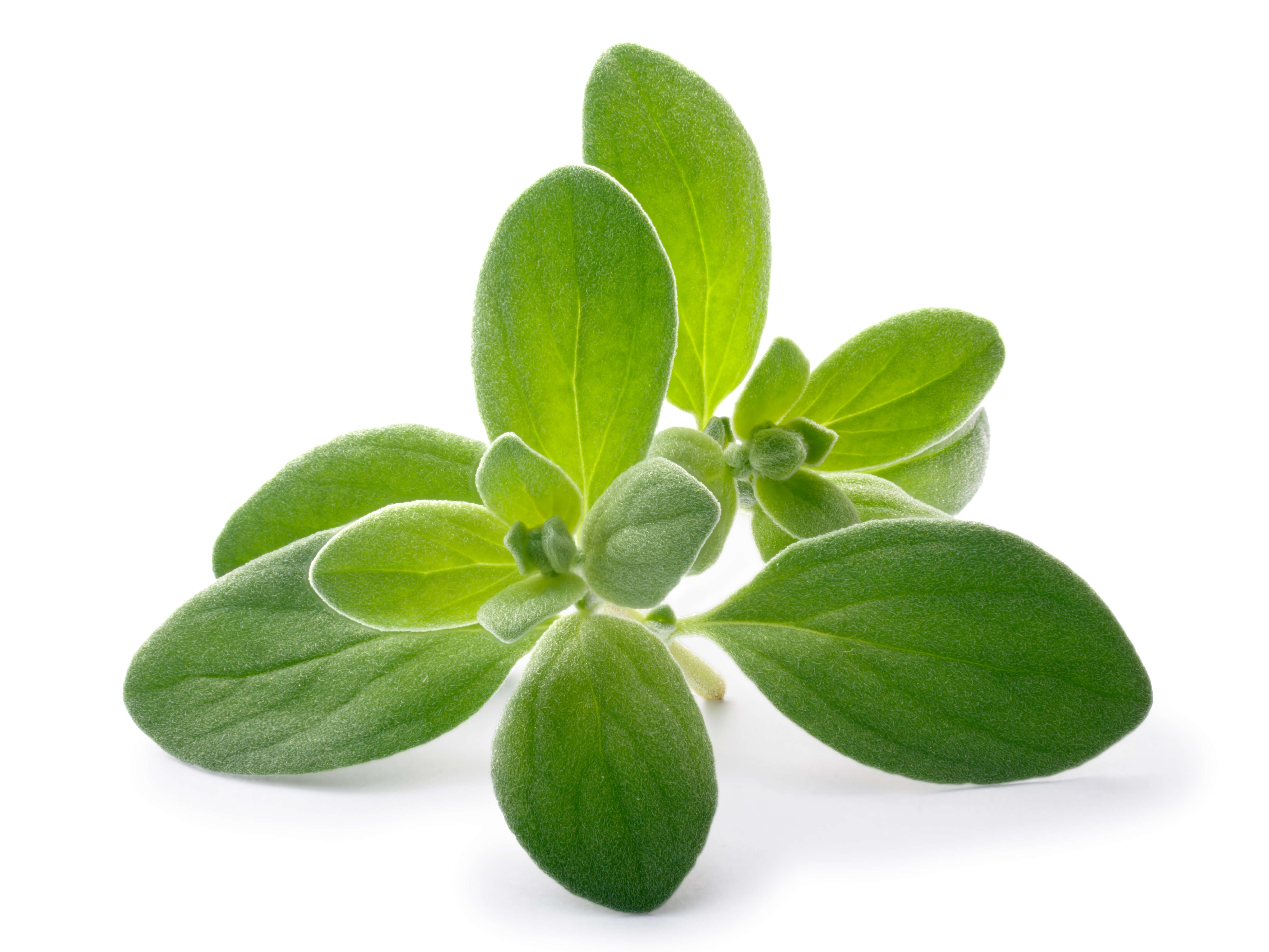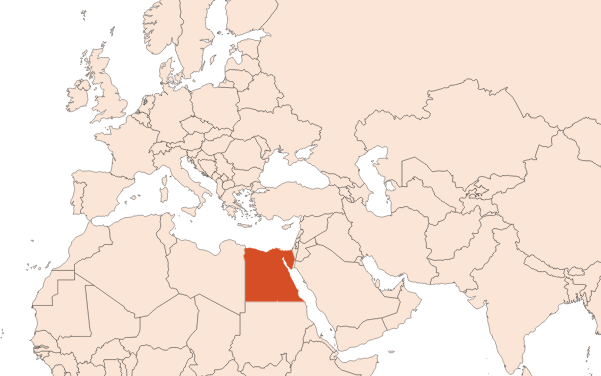
| Company | Ingredient Name | ID | Comments | Naturality | Certifications | Purity | Latin name | Treated part | Geographical origin | MOQ |
|---|---|---|---|---|---|---|---|---|---|---|
|
|
Huile essentielle de Marjolaine - 30 gr | - |
Visit website
|
- | - | - | - | - | - | |
|
|
MARJOLAINE A COQUILLES | B605 |
Visit website
|
Huile essentielle |

|
- | Origanum majorana L. | Sommité fleurie | Egypte | - |
|
|
MARJOLAINE A COQUILLES | 605 |
Visit website
|
Huile essentielle | - | Origanum majorana L. | Sommité fleurie | Egypte | - |
General Presentation
-
CAS N° : 8015-01-8
-
EINECS number : 616-955-7
-
FEMA number : 2663
-
Appearance : Green liquid
-
Density : 0,884 - 0,910 @20°C
-
Volatility : Head/Heart
-
Price Range : €€€€
Physico-chemical properties
-
Optical rotation : Donnée indisponible
-
Vapor pressure : Donnée indisponible
-
Refractive Index @20°C : Donnée indisponible
-
Acid Value :
-
Flash Point :
Uses
Uses in perfumery :
Used in eaux fraîches perfumes, aromatic notes, fougere, amber and spicy perfumes. Gives a spicy effect.
Major Components :
- Terpinen-4-ol (14 - 22%)
- Gamma-terpinene (14 - 20%)
- Alpha-terpinene (6 - 8%)
- (Z)-4-thujanol (4 - 10%)
- Sabinene (2 - 10%)
- Linalool (2 - 5%)
- Myrcene (1 - 9%)

Photo credits: ScenTree SAS
Botanical name :
Origanum majorana L.
Synonyms : Thymus majorana (L.) Kuntze // Majorana vulgaris Gray
Botanical profile :
Marjoram is a plant of the Lamiaceae family (such as mint or patchouli) and of the genus Origanum.
Chemotypes :
The genus oreganum is very largue, as it designates lots of species, belonging to various subgroups :
Origanum :
Origanum compactum : Oregano with compact inflorescence, found in Morocco and in the South-West of Spain, gives an oil rich in Carvacrol, Thymol, or both.
Origanum glaucum : Glaucous oregano of Afghanistan, containing Carvacrol and a small part of Thymol.
Origanum floribundum : Flower-bearing oregano, containing Carvacrol and a small part of Thymol.
Origanum vulgare : Common oregano - Oregano EO, to which belong two major species : var. macrostachyum (from Crete, a Carvacrol and Thymol chemotype) and var. virescens (containing Carvacrol and Terpineol or Thymol alone or Beta-Terpineol). Many sub-varieties also exist, but we are not explaining them in details here.
Majorana :
Origanum syriacum : Syrian Oregano (A thymol and a Carvacrol chemotype)
Origanum dubium
Origanum majoricum : Italian Oregano
Origanum majorana : Including Marjoram EO (Thujanols or Terpinen-4-ol chemotype)
Amaracus :
Origanum dictamnus : (rich in pulegone)
Extraction process :
The marjoram is a plant of 30 to 60 cm high with many leafy stems.
In Europe, the marjoram is an annual plant that has to be replanted each year as it does not survive the winter. It is a fragile plant and many factors can affect the quality of its essential oil. For example, the conditioning of seeds with gibberellic acid has a beneficial effect on the extraction yield, without affecting the composition of the essential oil. The extraction yield is also affected by the average temperature on the crop. The higher the temperature, the better the yield.
In Egypt, marjoram is grown from March to July. In France, it is from September to November. The cultivation should be done before the plants bloom and a second cut of the plants can be made two months after the first. The plants are cut 5 cm above the ground and the leaves are dried in the sun or in a ventilated room from a few hours to a few days. Storage is protected from light and moisture in a cold place. The dry leaves are hydro-distilled under pressure in a distillation tank for 1h30 to 3h. The essential oil is collected in a florentine vase by decantation, after refrigerating the water vapor.
The yield of the essential oil varies from 1 to 3 ‰. The first year is better compared to the following years. It is also optimal for the second cut of leaves.
Extraction is possible using supercritical CO2 which gives a higher olfactory quality, slightly modifying the composition of the essential oil.
Other comments :
In ancient Greece, marjoram was cultivated for its universal healing virtues and to aromatize dishes.
Several adulterations of the essential oil are common and consist of adding Terpinen-4-ol, Linalyl Acetate or Linalool, to reduce the cost and improve the olfactory quality. Nevertheless, the composition of the essential oil of marjoram can be controlled by chromatography and must respect physicochemical values determined by standards.
Stability :
The terpenes identified in this raw material can polymerize when they are oxidized
Regulations & IFRA
Allergens :
D-Limonene - Citronellol
IFRA 51th :
This ingredient is restricted by the 51th amendment
Annexe I :
Some regulated synthetic ingredients are found in nature and in certain proportions in natural ingredients. This presence in nature has to be taken into account when calculating limits of use recommended by the IFRA. In case you do not know these concentrations, you can use the ones estimated by the IFRA. Here they are :
| List of regulated compounds contained in this ingredient | ||
|---|---|---|
| Regulated ingredient name | CAS N° | Estimated Concentration |
| Geraniol | 106-24-1 | 0,3 |
| Carvone | 99-49-0 | 0,4 |

